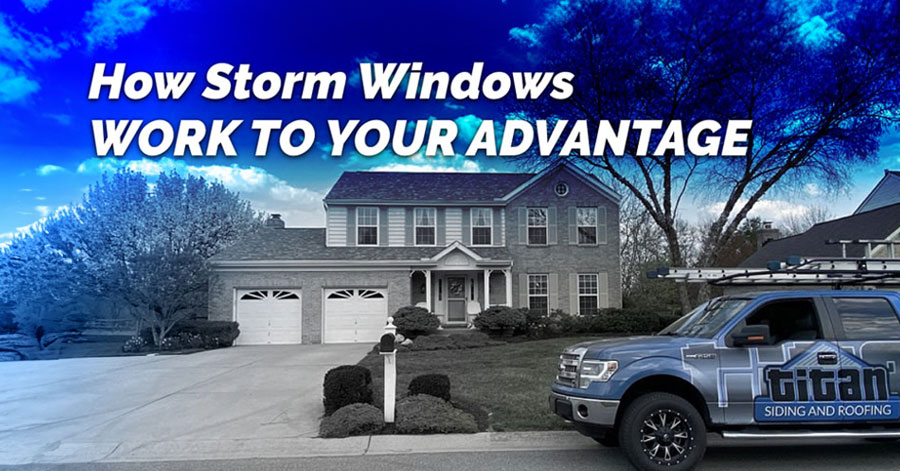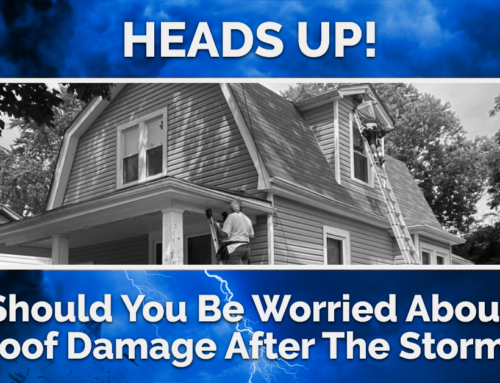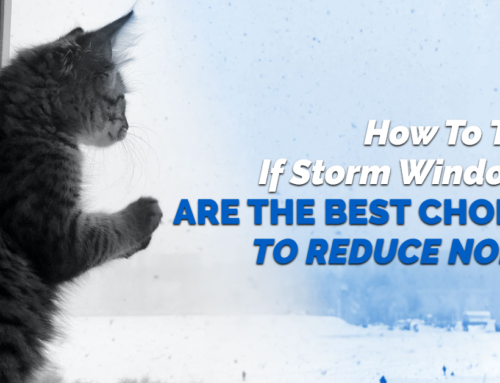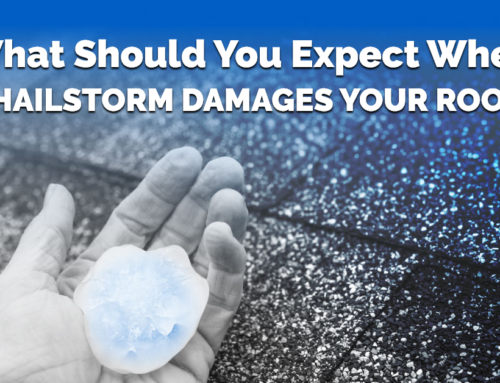Storm windows offer a myriad of benefits for your home. With proper installation, storm windows can provide comfortable living space for several years while also ensuring considerable savings on cooling and heating costs. Storm windows are designed to save energy by minimizing the amount of air passing through the spaces surrounding each window.
The exact cost savings will largely depend on your local climate conditions and personal preference for indoor temperature control. But on average, you can reduce heat loss by 25% to 50%, according to statistics from the US Department of Energy. Therefore, money spent on storm windows saves you money on heating and cooling costs.
How Storm Windows Work
Storm windows are mostly made with single-glazed window panes. Although a single pane of glass doesn’t offer much insulation, it creates an air buffer between your existing window and the storm window. This buffer enhances the energy efficiency of your home by minimizing the amount of air that leaks at the edges of the window. It also provides the real insulation value.
Overall, the amount of space created between your existing window and the new storm window is what controls the insulation value. Some storm windows are fitted deeper while others are installed with multiple panes of glass to create a deeper insulation barrier and limit air exchange more efficiently.
Typically, multi-track storm windows are more expensive but provide more benefits in the long run in terms of energy cost savings, dust and allergen control, and noise reduction.
Interior vs. Exterior Storm Windows
Interior storm windows come with a single polymer or glass pane and can be temporary. They attach either with pressure or suction.
Exterior storm windows are more complex, and often more permanent. In most cases, exterior storm windows come with either two or three tracks. Typically, two-track windows have their outer tracks holding a half glass pane at the top and a half-screen at the bottom. This allows you to raise or lower the inside window to let in fresh air. Triple-track storm windows are similar but provide greater configuration options.
Storm Window Materials
The most common materials used to make storm window frames are aluminum, wood, and vinyl. Naturally, each frame type comes with its advantages and disadvantages. Aluminum is strong, lightweight, and almost maintenance-free, making it the most popular choice for custom storm windows. When coated with vinyl, aluminum storm windows provide enhanced insulating value and offer a wide range of colors to select from. Wood storm windows are typically more expensive, heavier, and less convenient.
Generally, here are the common types of storm windows and their expected lifespans:
1. Temporary or Disposable
Interior removable storm windows contain everything needed to make your windows up to 99 percent airtight. They are the perfect answer to minimizing heating bills and energy conservation and eliminating chilling drafts. One benefit is they are temporary, so you can easily remove them after a storm or when winter is over.
There is also a disposable temporary protection by applying insulating films to the inside of the window using adhesive tape and heating it with a hairdryer to settle the seal. Overall, these types of storm windows protect in a pinch but won’t last beyond one season.
2. Aluminum
Aluminum is considered one of the best materials for exterior storm window frames since it’s strong, lightweight, and doesn’t need much upkeep. In terms of durability, aluminum storm windows can last 15 to 20 years without much maintenance and about 30 and 40 years with careful care.
3. Wood
Exterior storm window frames made of wood provide wonderful insulation but can expand or contract in response to outside temperatures. Fortunately, you can opt for vinyl- or aluminum-wrapped wood frames for your storm windows to mitigate this issue. Correctly sealed wood frames can last for several decades depending on the specific type of wood you invest in. In some cases, you can expect a lifespan of 100 years. Maintenance is incredibly vital for wood window frames to help them last.
4. Vinyl
Vinyl storm window frames are incredibly lightweight and have internal stabilizers to prevent heat from weakening them. Extreme temperatures may cause vinyl frames to warp and crack, leading to premature deterioration. However, vinyl storm windows offer impressive lifespans of up to 20 years.
Get Professional Storm Windows Installation Today!
Other than improving energy efficiency and enhancing indoor comfort, storm windows add additional security to your home. Once you’ve settled on what kind of storm windows you need for your home and the extra features you want, it’s time to find the right professional to install them. Titan Siding and Roofing is here to help you evaluate your available options and choose a solution to suit your style and budget. As a leading roofing and exterior company in the Greater Cincinnati area, we offer high-quality and durable storm windows at affordable prices. Contact us today to schedule a free consultation!






